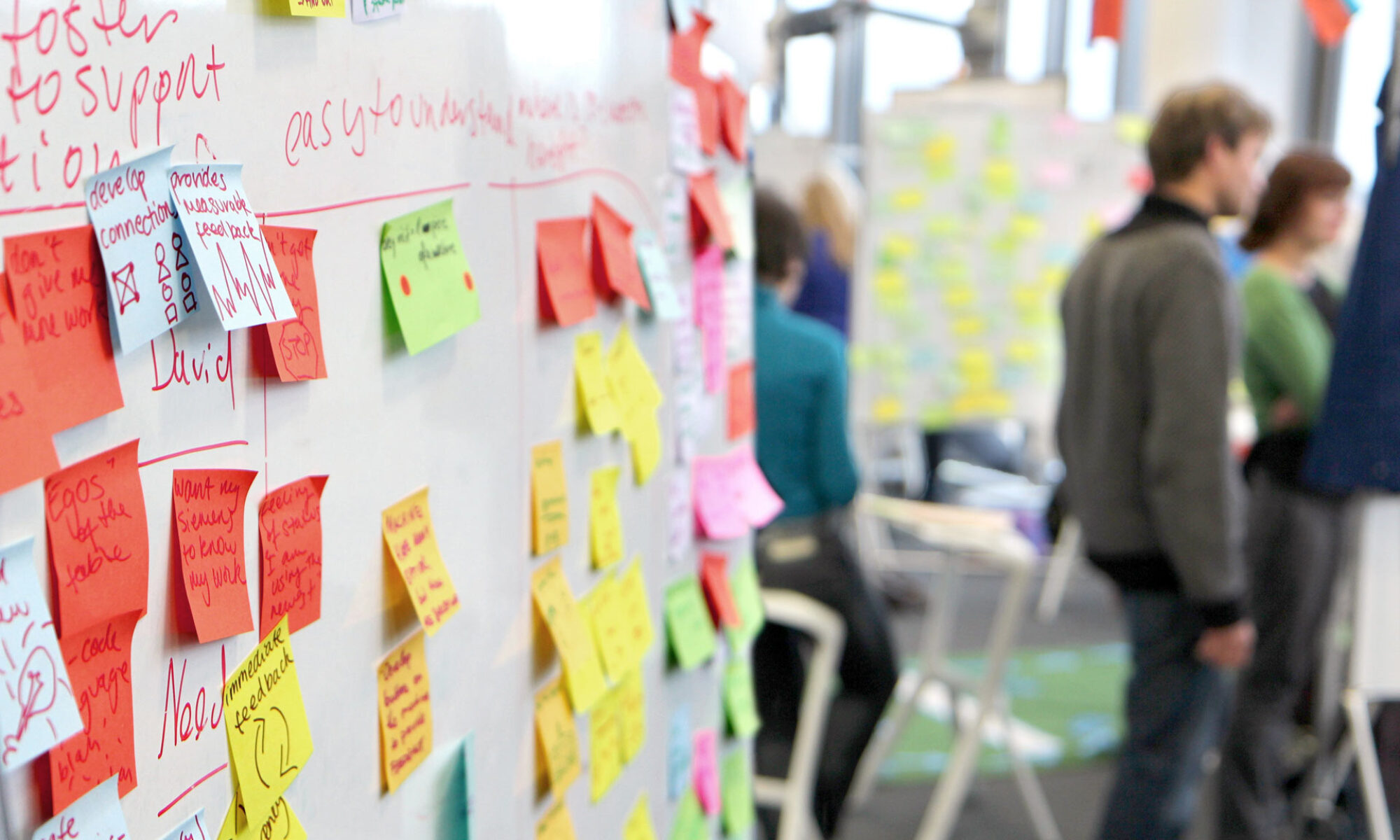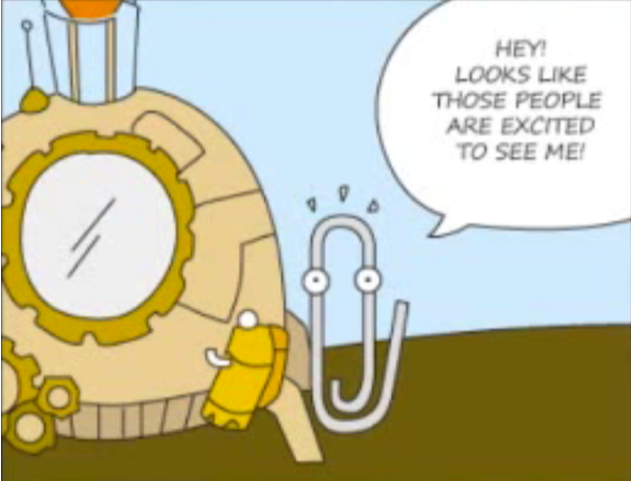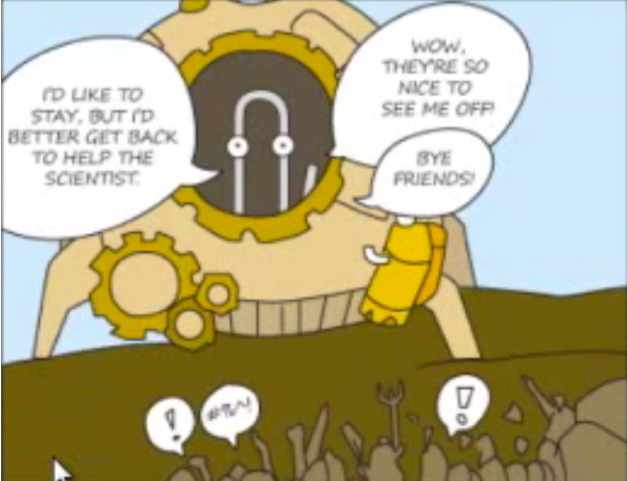What is gamification?
First and foremost, gamification is not a game, nor is it even necessarily fun. Gamification is the application of game design elements and game mechanics to non-game contexts and is typically used to improve:
- Engagement with the product or service
- Organizational productivity
- “Flow”, a concept popularized by Mihaly Csikszentmihalyi
- Learning ability or the desire for learning
- Ease of use
Three Basic Tenets
Variable Rewards
As users perform actions (e.g. post Tweets, upload photos, buy products, write reviews, etc.), they are validated by receiving likes, shares, upvotes, or other “rewards”. These serve to reinforce the action and encourage users to continue performing that action because they cannot predict how much “reward” they will receive and will constantly seek more.
Completion
Human nature is to seek to see things “whole”. Partially painted walls, half-done laundry, and incomplete DIY projects bother us and generally prompt us to continue until we or the environment around us feels “complete”.
Achievements & Prizes
These can be real or virtual. 4square used virtual badges and achievements to reinforce behavior, but air miles and cash prizes are common real rewards for other platforms.
Variable Rewards
With reward systems in behavioral psychology, we have two main conditioning classifications: Classical and Operant. Classical Conditioning concerns associating a stimulus with an involuntary response, while Operant Conditioning concerns associating a voluntary behavior with a consequence.
:max_bytes(150000):strip_icc():format(webp)/2794861-classical-vs-operant-conditioning-5afc42a343a10300370da76f.png)
For gamification, we are primarily concerned with the reward schedules work by B.F. Skinner, the father of Operant Conditioning. What skinner found is that Variable Reward schedules worked far better than fixed reward schedules, even when the net rewards were the same.
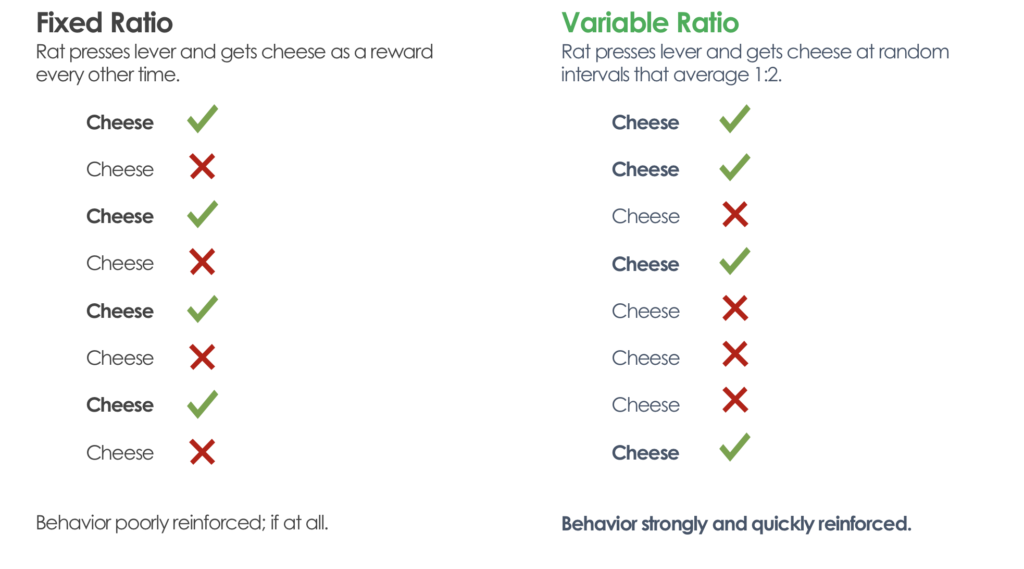
It doesn’t matter that the total net result is the same, the inconsistent or “unknowable” nature of variable rewards reinforces the behavior much more effectively.
You only got 3 loves on your most recent Instagram post, but last week you got over 100 and you want to top that, so you start working on your second post of the day. Not knowing which actions will produce which result increases your engagement with the platform as you try to chase your “highest high”.
Completion
When you sign up as a new user on LinkedIn, you are almost immediately presented with a progress bar for your account. But they start you off at about 25% even though you’ve done virtually nothing. They want to make you feel invested: “Look at how little effort was involved in getting to 25%, don’t you want to go ahead and finish?”
Illusionary Goal Progress & Endowed Progress Effect
Many researchers have looked at the idea of Completion. Both of the studies linked here talk about what happens when you imply someone is closer to completing their goal.
Kivetz, et al. went to a coffee shop and gave one group a loyalty card that required 10 purchases before the customers would be able to redeem a free coffee. Then they gave another group a different card which required 12 purchases, but two of them were already filled out. Both cards still took 10 more purchases before the customer would be able to redeem the free coffee. But what they found was that the closer someone got to the free coffee, the more frequently they came back in. So giving someone 2 stamps to start accelerated their behavior because they felt like they were already on the way and it would be easier to complete.
Nunes & Dreze went to a carwash and conducted a similar experiment. Everyone was given the same loyalty card (10 purchases to a free car wash), but one group was given cards that already had 2 stamps on them; leaving 8 until they could redeem a free car wash. The group who was given cards with stamps already on them returned at a much higher rate than the group who were given blank cards.
Borrowed Authority
Also, depending on where the Completion element comes from (as is the case with LinkedIn), there can be an additional element of “Borrowed Authority”.
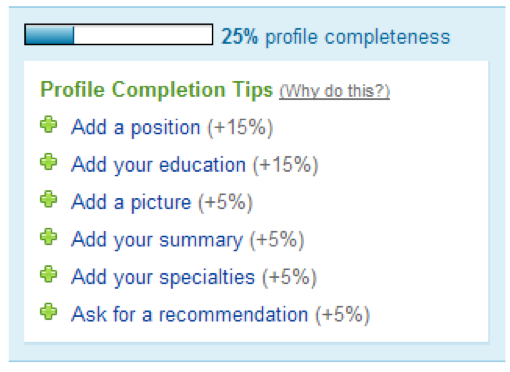
LinkedIn using “Completion” in their new user on-boarding
Most people outside Silicon Valley probably don’t know anyone who works at LinkedIn and, unless they are trying to get a job at LinkedIn, they probably don’t care what a random designer at LinkedIn thinks about their profile. However, you naturally assume that a platform which bases its success on helping people build networks and find jobs must know what it takes to have a good profile, so you want to do what they say.
They are leveraging a combination of the Endowed Progress Effect and Borrowed Authority to encourage people to engage deeper with their platform.
Achievements & Prizes
You might be wondering how a prize is different than a reward. In order for Variable Rewards to be effective it must be attached to the behavior you want to incentivize. The need for it to be instantaneous means it would be prohibitively expensive or logistically improbable to use real, physical rewards at scale. By virtue of their nature, Variable Rewards are also unknown and unknowable. If you knew exactly what it would take to get 10 comments versus 100 comments on social media, you’d not be nearly as motivated to post all the time in the hopes of reaching a new high. Instead, you’d do only the minimum required to get the reward you wanted when you wanted it. Variable Rewards create an addictive pattern that is not unlike what happens in the brain of a gambler; think about regular lottery players.
By contrast, achievements and prizes need to be known in order for them to be effective. Your users need to know exactly what is expected of them to get a badge or gain status or earn enough points to redeem for the prize they want. Prizes also have a tendency to be more physical or “real” than the rewards you would employ in Operant Conditioning. Here are some examples of achievements and prizes:
- Points / Miles
- Badges
- Levels
- Leaderboards
- Challenges
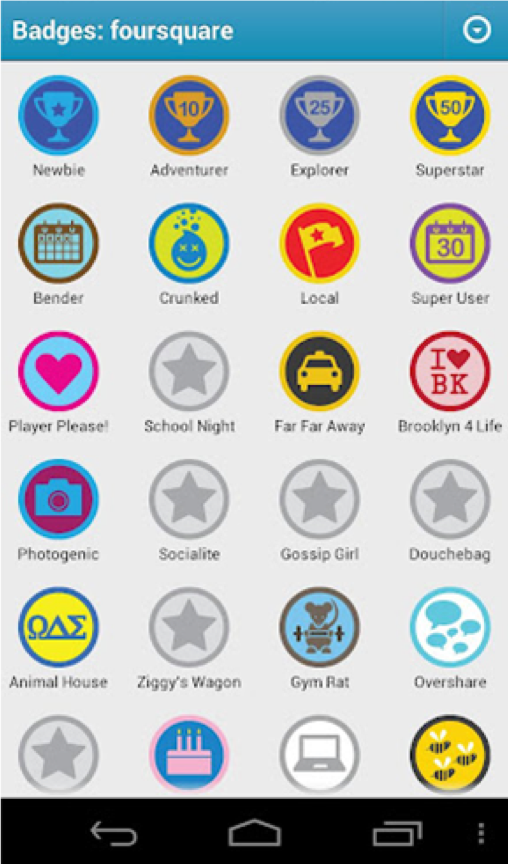
Foursquare, even though it couldn’t sustain it’s strong early engagement, was an excellent example of how to use achievements to encourage behavior.
Gamification Examples
Not an exhaustive list of tactics, but now that we’ve established common language and levers around gamification, we can take a look at some different examples.
Clippy’s Second Chance
Many of you may remember Clippy–the well-meaning, but ultimately unhelpful Microsoft Office assistant from the 90’s—well, in the not so distant past he got a second chance. There is an option to add Clippy back into your Office Ribbon and, if you opt to, it will launch an experience within Office that opened with these comic panels:
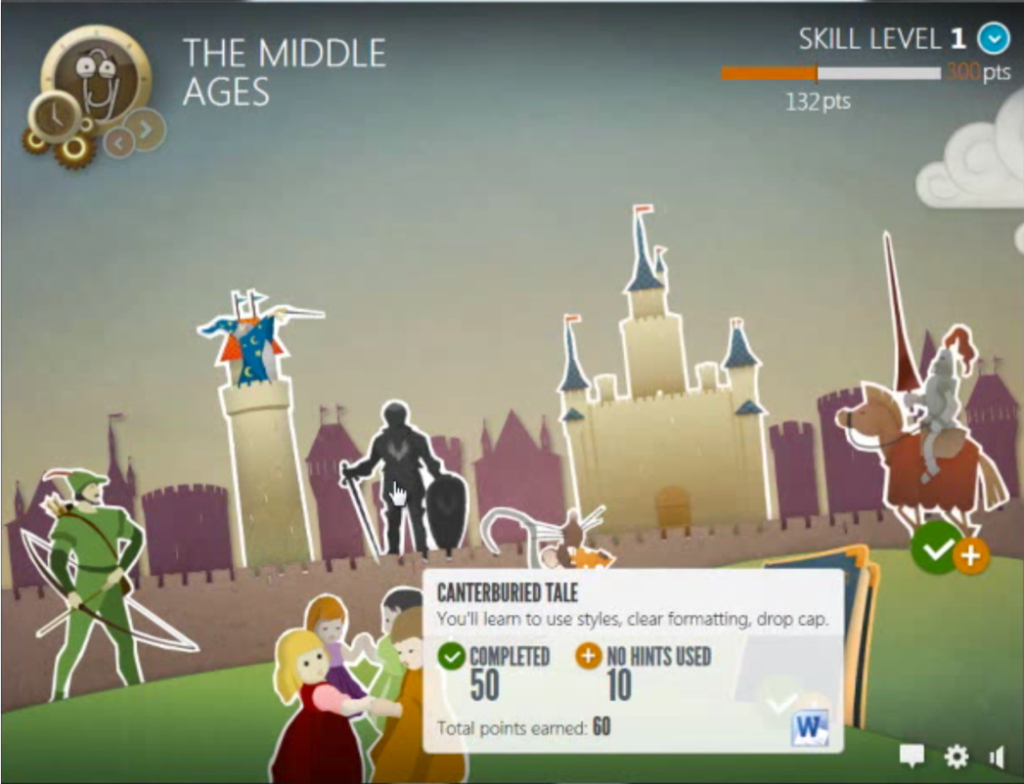
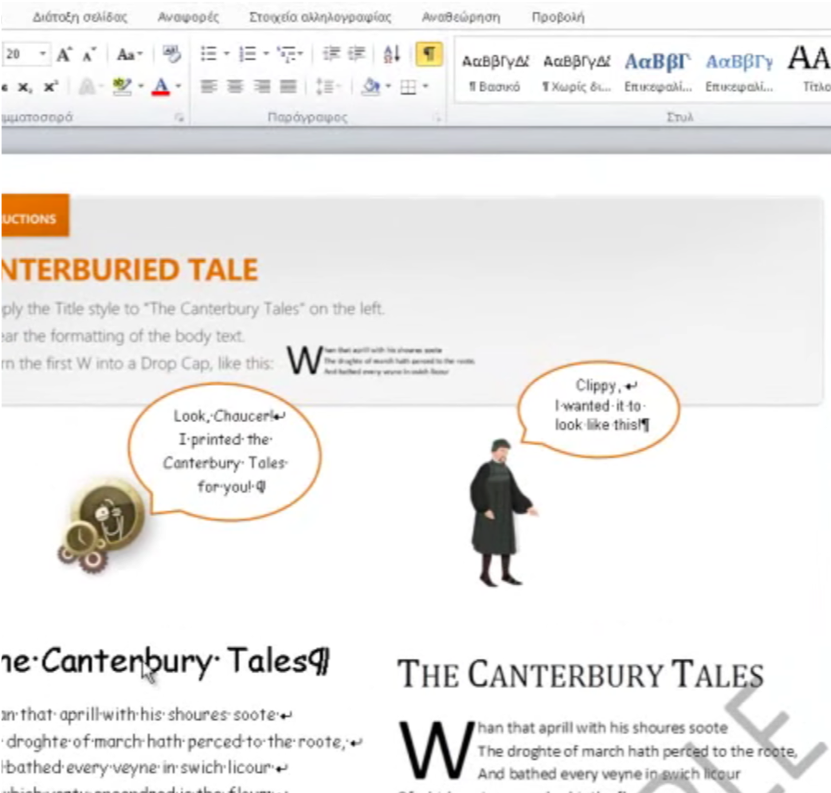
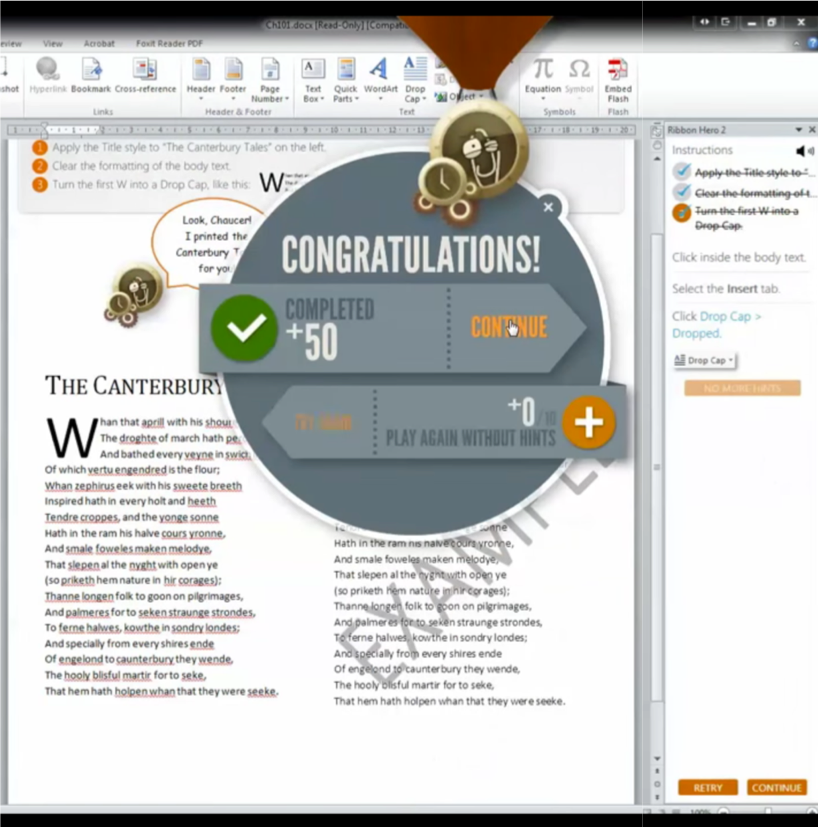
“Play again without hints”?!? The task they just asked me to do was change a font… and Clippy has the nerve to ask if I want to play again. I would have guessed this was targeted at children if there weren’t references to showing off my score to colleagues and friends.
This is quite possible one of the worst examples of gamification out there right now. Do not do this. Not everything needs to be a game. Not everything needs to be gamified. Be clear about your intent.
Reddit: The front page of the internet
For the uninitiated, Reddit is basically a giant bulletin board with a forum and a micro-community for virtually any topic you can imagine (and a few you really wish you hadn’t). What makes it an example of “good” gamification?
- Users get points for submitting quality posts and for adding to the conversation in a valuable way (as judged by peers; just like any social media platform)
- Users’ contributions are recorded and used as social status
- Badges are awarded based on engagement and quality of content submitted over time
- Nothing about the design of the site even attempts to masquerade as a game. The gamification elements are intuitively part of the experience without being obvious or obstructive.

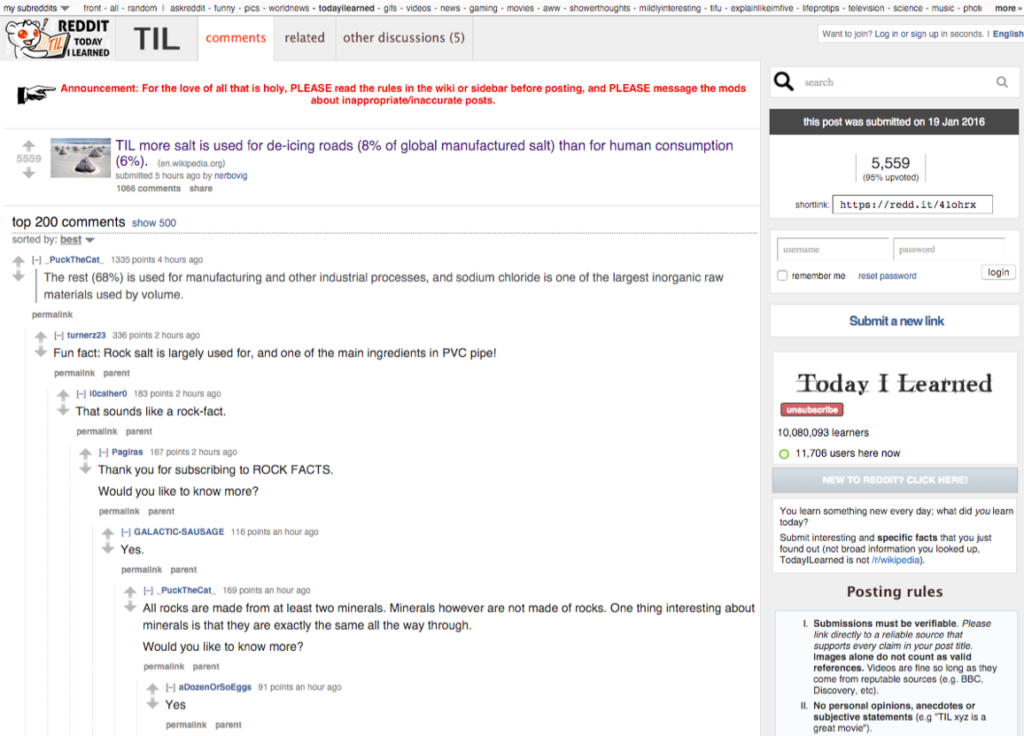

Reddit is a great example to follow in terms of naturally and intuitively building gamification into your experience.
China’s Social Credit System
If you don’t like Black Mirror, skip this next bit.
Trials began in 2009 and this year (2020) it is expected that this will be the standard measure of an individual or business’ social standing or reputation. The system not only reflects how well you manage your credit, but also how well your behavior aligns with what the Chinese State wants to see:

- How you buy
- What you buy
- Your driving history
- Your criminal history
- What you post on social media
- What your friends post on social media
But there are several “benefits” to this new system:
- With a score of at least 600, you have the privilege of an instant loan of $800 without collateral when shopping online
- With a score of at least 650, you may rent a car without having to leave a deposit
- With a score of at least 700, you get access to a “Fast Track” process for a Singapore travel permit
- With a score of at least 750, you get similar access to a European visa
Anyone can check any other citizen’s score and people are being encouraged to use this as a dating metric to determine if a potential partner is a “good match” romantically.
It’s a nightmare. But not because it’s bad. It’s actually a wonderfully executed example of gamification leveraging a number of other social biases and it’s rooted in solid principles. That’s what makes it a nightmare… It’ll work.
